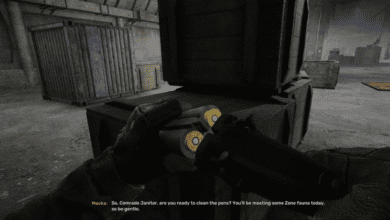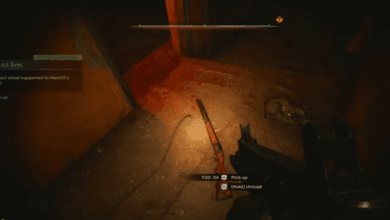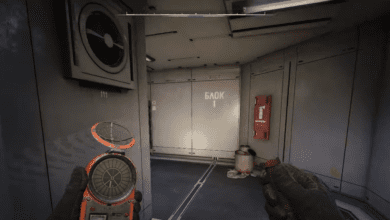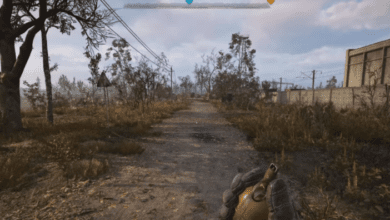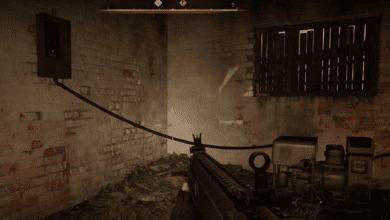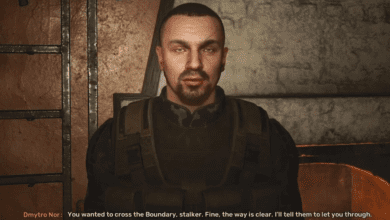Stalker 2: What Items Should You Sell? How To Trade And Sell Gear Or Weapons
- Artifacts Are King: Prioritize selling artifacts for the most profit, but use them wisely for hazardous areas if needed.
- Durability Matters: Only sell weapons and gear in decent condition repairing damaged items for sale is rarely worth it.
- Efficient Inventory Management: Offload excess food, water, and unusable ammunition to reduce weight and free up space for higher-value items.
Navigating the unforgiving economy in Stalker 2 can feel like surviving the Zone itself challenging, unpredictable, and sometimes downright unfair. Money is scarce, traders are shrewd, and the cost of upgrades or repairs can quickly drain your hard-earned cash. But with the right strategy, you can thrive and turn the Zone’s cutthroat economy to your advantage.

Whether you’re selling the loot you’ve scavenged or trading for better gear, understanding what to sell and when can mean the difference between financial survival and being perpetually broke. This guide breaks down the essentials of making money in Stalker 2, covering the best items to sell, how to interact with traders, and tips for maximizing your profits.
Getting Started: The Importance of Money in Stalker 2
In the irradiated wasteland of Stalker 2, money isn’t just a convenience it’s a survival tool. Early in the game, you’ll find yourself strapped for cash as you struggle to repair weapons, upgrade armor, and stock up on essential supplies. The Zone doesn’t cut you any slack, and you’ll quickly realize that wasting resources or holding onto unnecessary items can cripple your progression.
Once you’ve completed your first few missions, the game opens up, allowing you to explore and earn money more freely. You’ll be faced with two main ways to build wealth: taking on jobs or selling your loot. While quest rewards can be useful, selling scavenged items is often the fastest way to build up your bank balance. But not everything you pick up is worth keeping or selling. Let’s take a look at what’s actually worth your time.
Best Items to Sell in Stalker 2
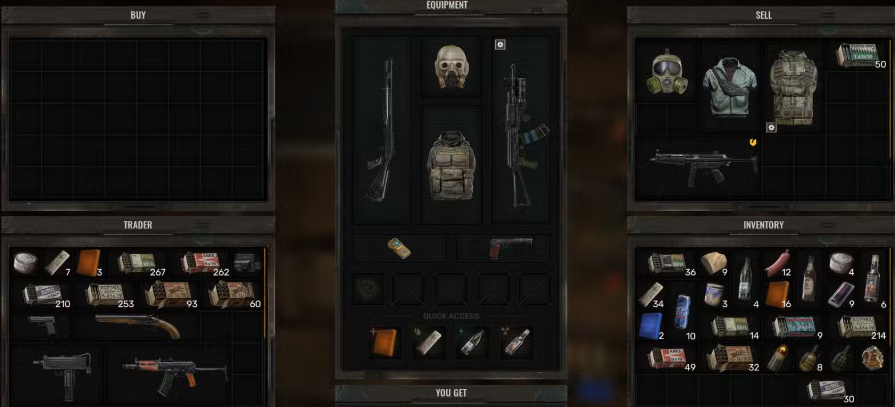
Not all loot in the Zone is created equal. Some items are far more valuable than others, and knowing what to sell can make a huge difference in how much money you rake in. Here’s a breakdown of the best items to sell, ranked from most to least valuable:
1. Artifacts: The Zone’s Hidden Treasures
Artifacts are by far the most lucrative items you can sell in Stalker 2. These mysterious objects are often found near anomalies and offer unique benefits when equipped. However, most artifacts emit harmful radiation, making them more of a liability than an asset unless you have the proper gear to counteract their effects.
Pro Tip:
- Sell most artifacts for quick cash unless you know you’ll need one for a specific task. For example, if you’re heading into a zone with heavy thermal anomalies, an artifact that boosts thermal resistance might be worth keeping.
Artifacts are rare and dangerous to acquire, but the payoff is well worth the risk. Always check traders for fair prices before selling.
2. PDAs: Information is Power
Scavenging a dead Stalker’s PDA can provide critical information, such as stash locations or mission details. Once the data is transferred to your own PDA, you’re free to sell the spare device for a tidy sum.
Warning: Never sell PDAs or items with red check marks. These are usually key quest items, and getting rid of them could result in a game-breaking soft lock.
3. Weapons: Sell Smart, Don’t Repair
Selling weapons can be profitable, but there’s a catch traders won’t buy guns in poor condition. Items with red durability bars are unsellable, and fixing damaged weapons is almost always more expensive than the profit you’d make from selling them.
Instead, prioritize selling weapons that are in decent (yellow durability) or excellent condition. If you find yourself lugging around multiple guns and struggling with weight limits, drop the lowest-value items first.
Inventory Tip:
- Focus on keeping rare or powerful guns while selling common ones.
- Trade worn-out weapons for Coupons or cash whenever possible.
4. Armor: One Suit is Enough
Armor is another high-value item worth selling. Since you can only wear one suit at a time, there’s no need to hoard extra sets. As you upgrade to better armor, sell the older suits for easy cash. Early in the game, for instance, you can sell the default Leather Jacket after acquiring the Debut Suit.
Efficiency Tip: If you’re short on inventory space, prioritize carrying armor over weapons. Armor typically has a better weight-to-value ratio.
5. Excess Food and Water: Lighten the Load
Food and water are critical for survival, but you’ll quickly find yourself with an overabundance if you’re looting everything in sight. While traders don’t pay much for these items, selling excess supplies can help you free up inventory space and make a little extra cash.
What to Keep: Always carry enough food and water for emergencies, but avoid hoarding items you don’t immediately need.
6. Ammunition: Sell What You Don’t Use
Throughout your travels, you’ll accumulate a wide variety of ammunition types. While it’s tempting to hold onto everything, most of it won’t be compatible with your current loadout. If you’re not using specific types of ammo like sniper rifle rounds or shotgun slugs sell them off to make room for more valuable items.
Ammo Strategy: Stick to carrying only the ammunition types that match your favourite weapons. Sell or trade the rest to lighten your load and earn some cash.
How to Sell Items in Stalker 2
Selling items in Stalker 2 is straightforward but requires some planning. Traders can be found in settlements, marked on the map with a bag icon. Here’s how to make the most of your interactions with them:
- Locate a Trader: Look for the bag icon on your map, zooming in if necessary. Each trader has a unique inventory, so shop around for the best deals.
- Interact and Open Trade: Approach the trader and press E to open the trading menu. You’ll see your inventory on the right-hand side of the screen.
- Drag and Drop: Move items you want to sell into the “Sell” area. The price you’ll receive is displayed at the bottom of the screen.
- Confirm the Sale: Once you’re satisfied with your selection, confirm the sale. If you change your mind, you can always remove items before finalizing the transaction.
Key Tips for Maximizing Profits
- Condition Matters: Only sell items in yellow or better condition. Red durability items are unsellable.
- Don’t Over-Repair: Avoid wasting money repairing weapons or gear just to sell them it’s rarely worth it.
- Travel Light: Always prioritize carrying high-value items like artifacts and armor over low-value junk.
- Shop Around: Different traders may offer varying prices, so compare before selling.
The economy in Stalker 2 is as harsh and unforgiving as the Zone itself, but with a little strategy and smart decision-making, you can build up the resources you need to survive. Prioritize high-value items like artifacts and armor, sell off excess supplies, and don’t waste money repairing junk. Mastering the art of trading will not only help you progress but also make your journey through the Zone a lot less painful.
FAQs
1. What items should I avoid selling in Stalker 2?
Avoid selling PDAs or items marked with red check marks. These are often key quest items, and losing them could block your progress.
2. Is it worth repairing weapons before selling them?
No, repairing weapons is usually more expensive than the profit you’d make from selling them. Only sell items in decent condition.
3. Where can I find traders in Stalker 2?
Traders are located in settlements and are marked on the map with a bag icon. Zoom in to see all available locations.
4. What should I do with excess food and water?
Sell any food and water you don’t immediately need to free up inventory space. Always keep a small supply for emergencies.
5. What’s the best way to handle artifacts?
Sell most artifacts for profit, but keep a few that offer specific resistance bonuses if you’re heading into hazardous areas.
